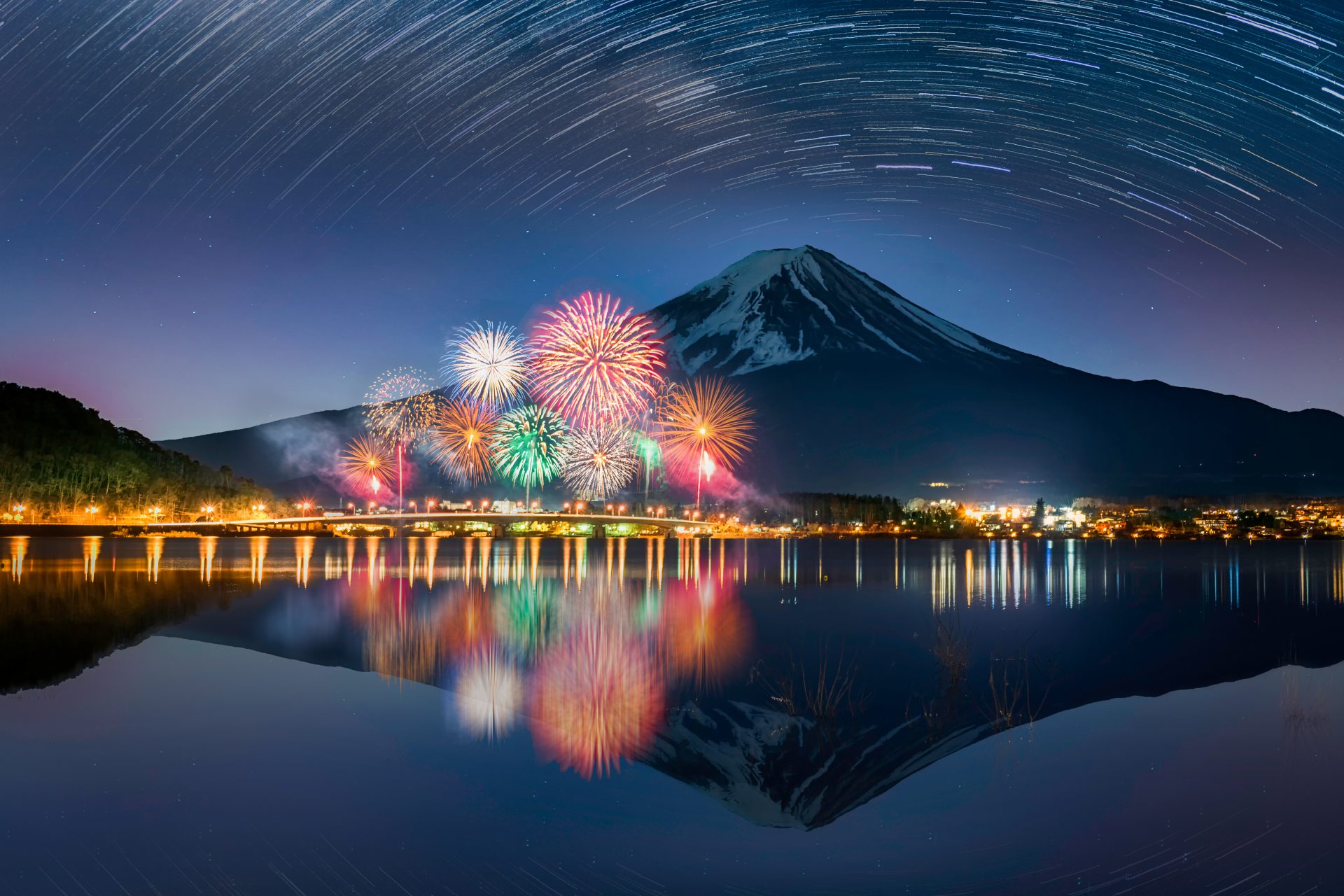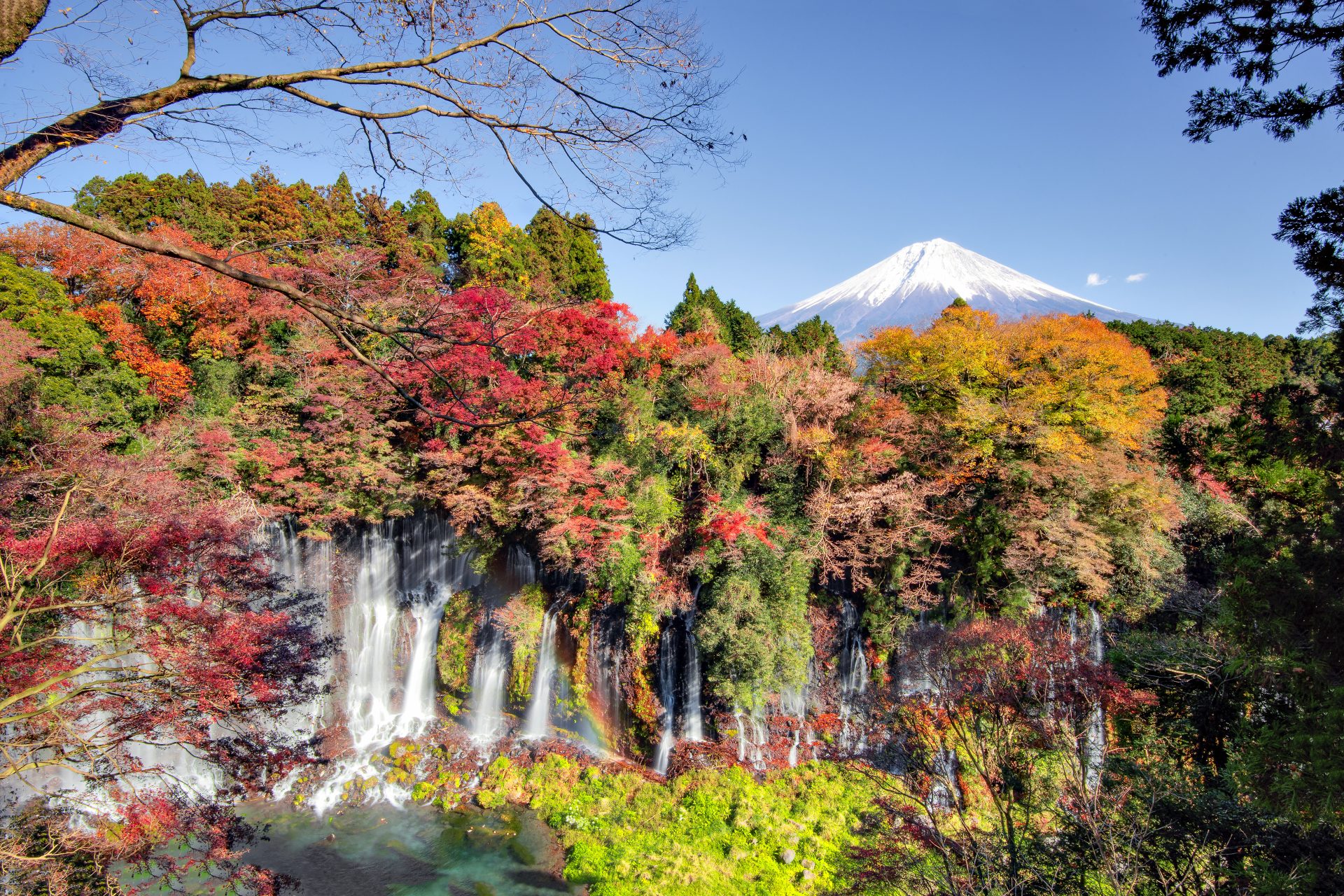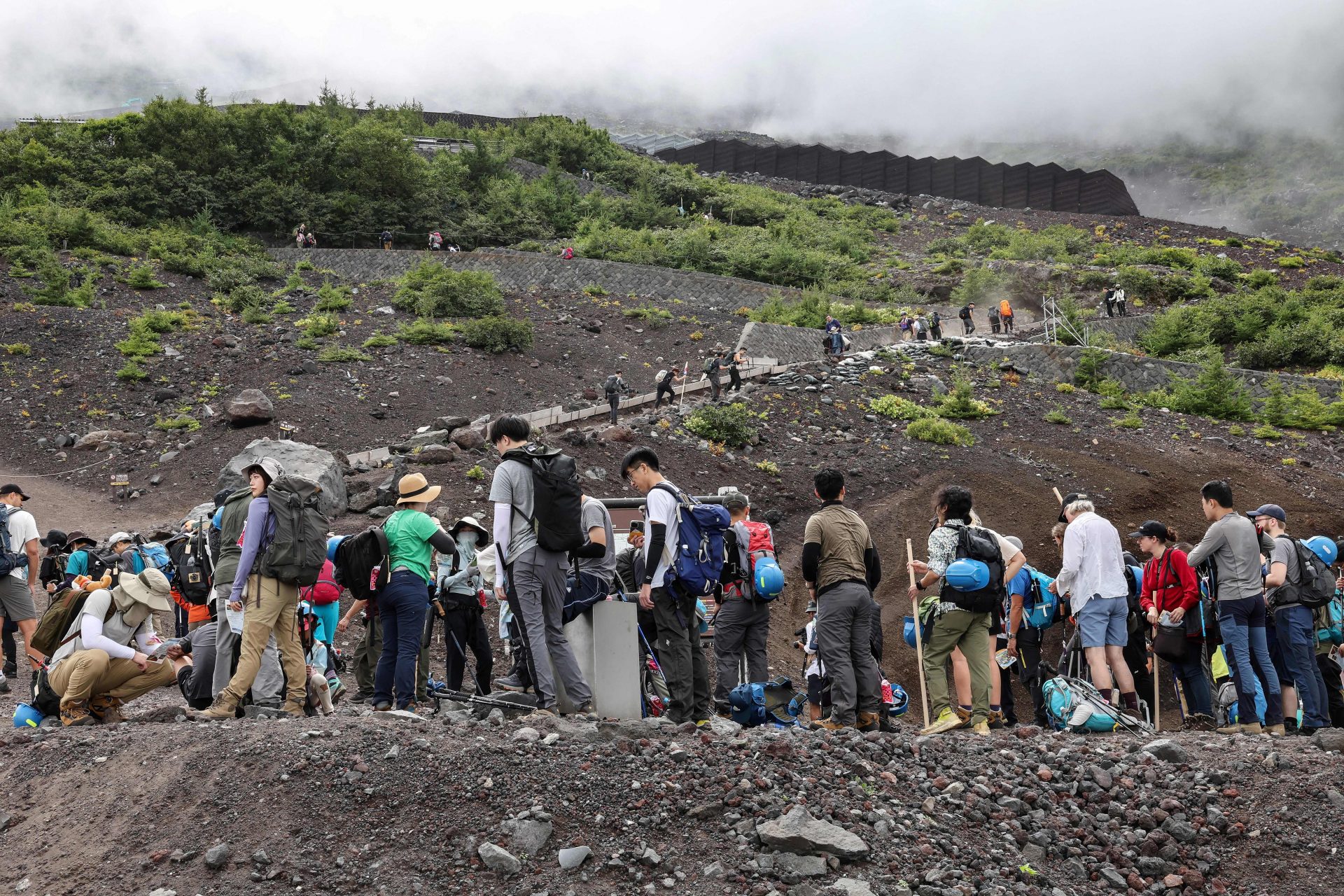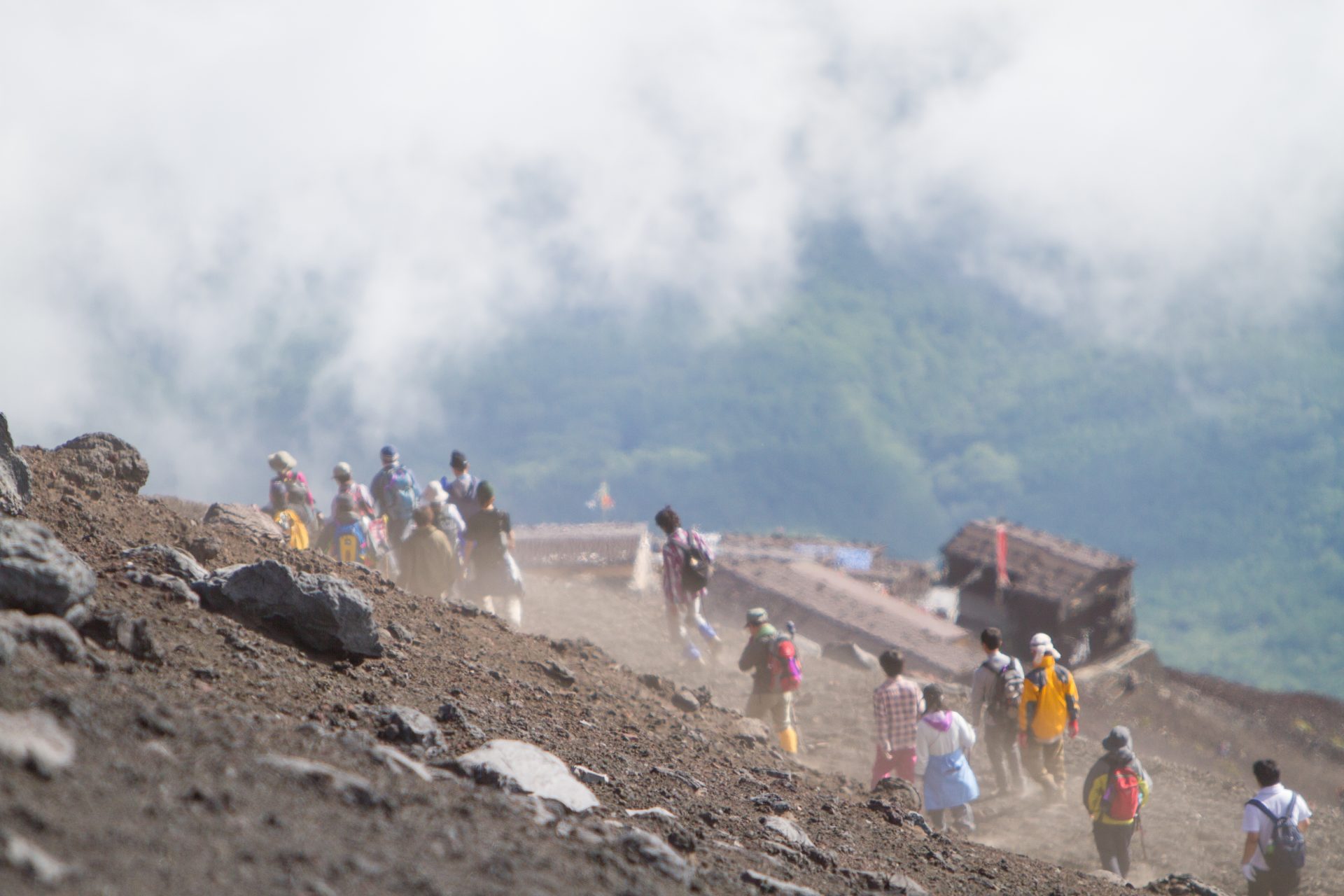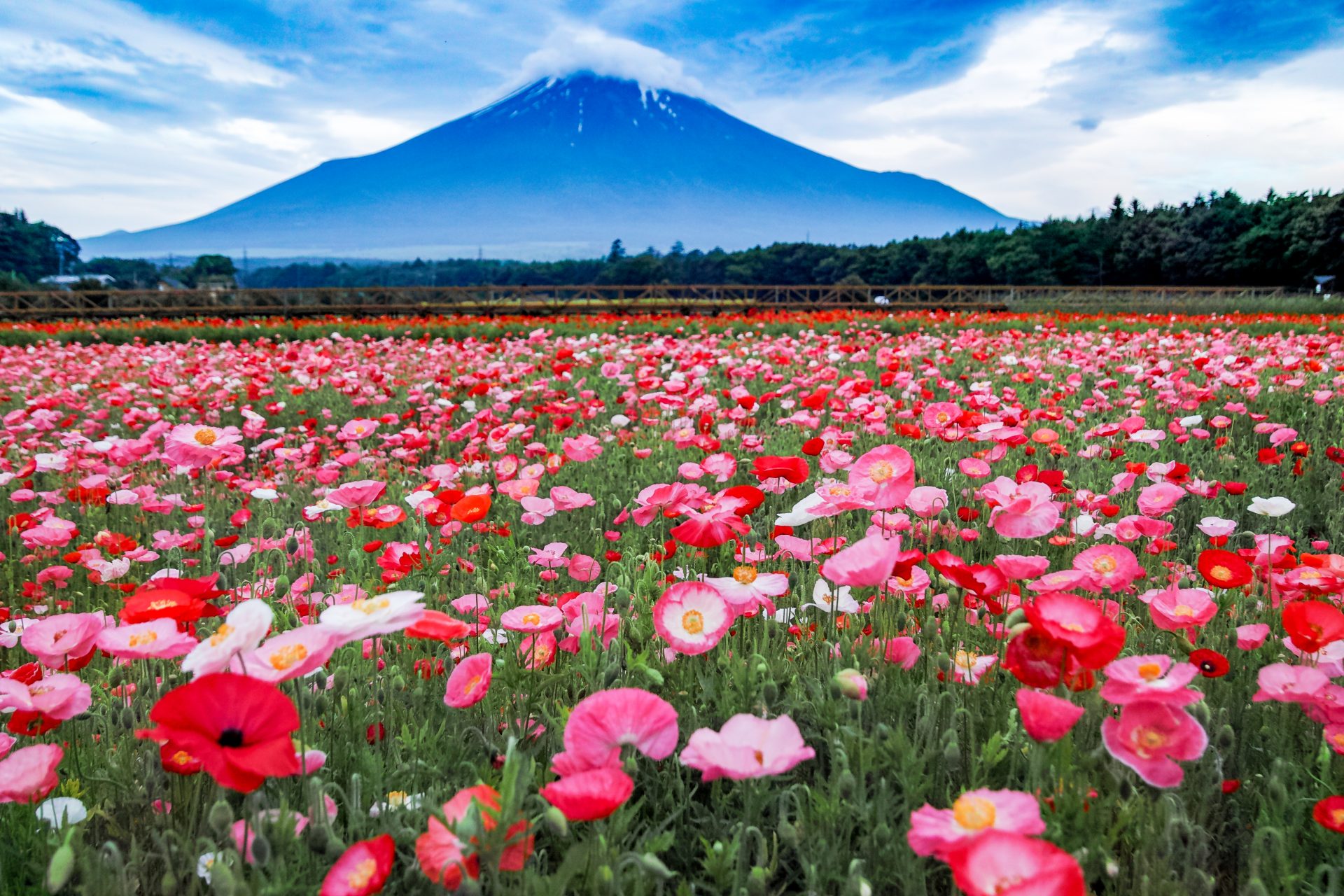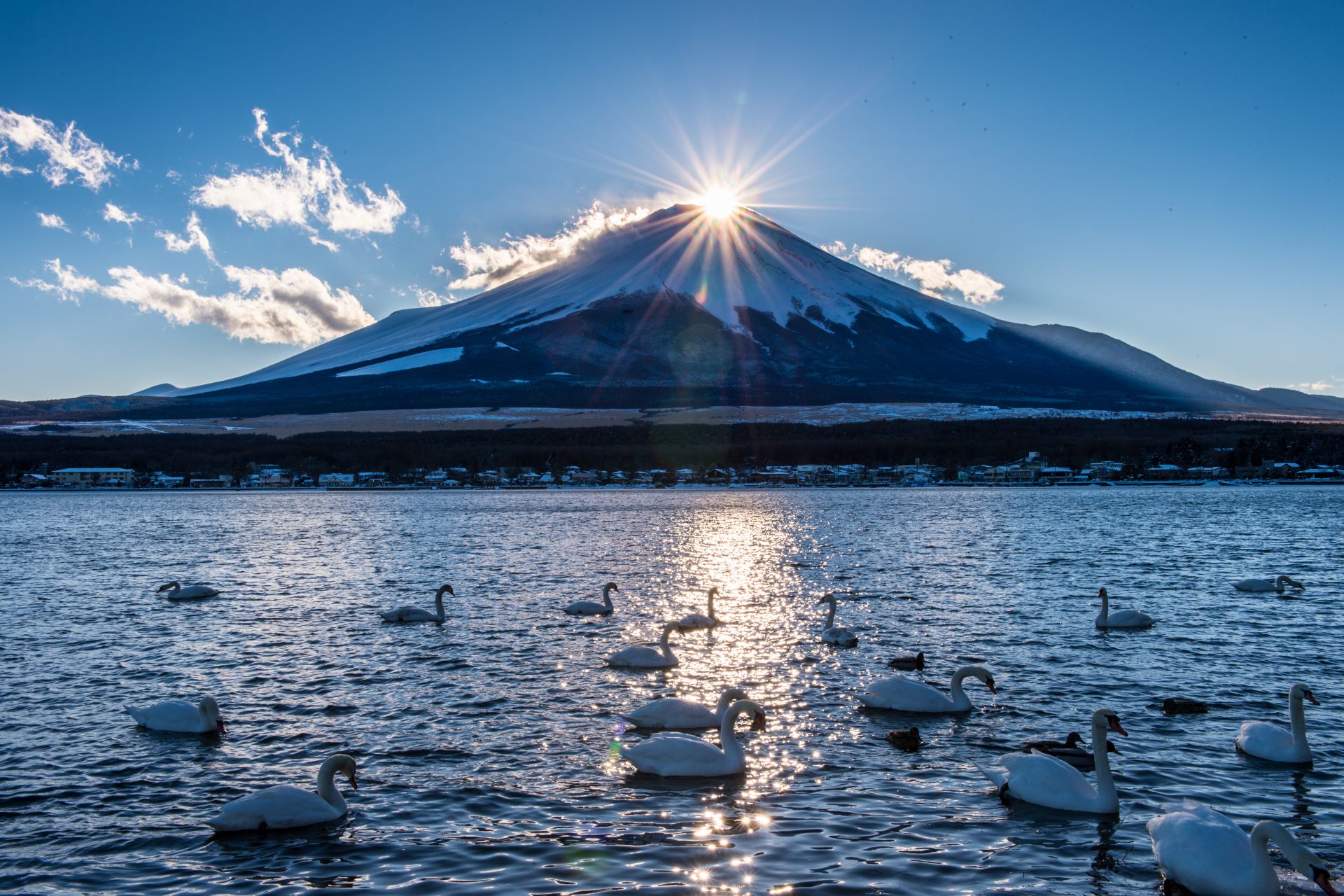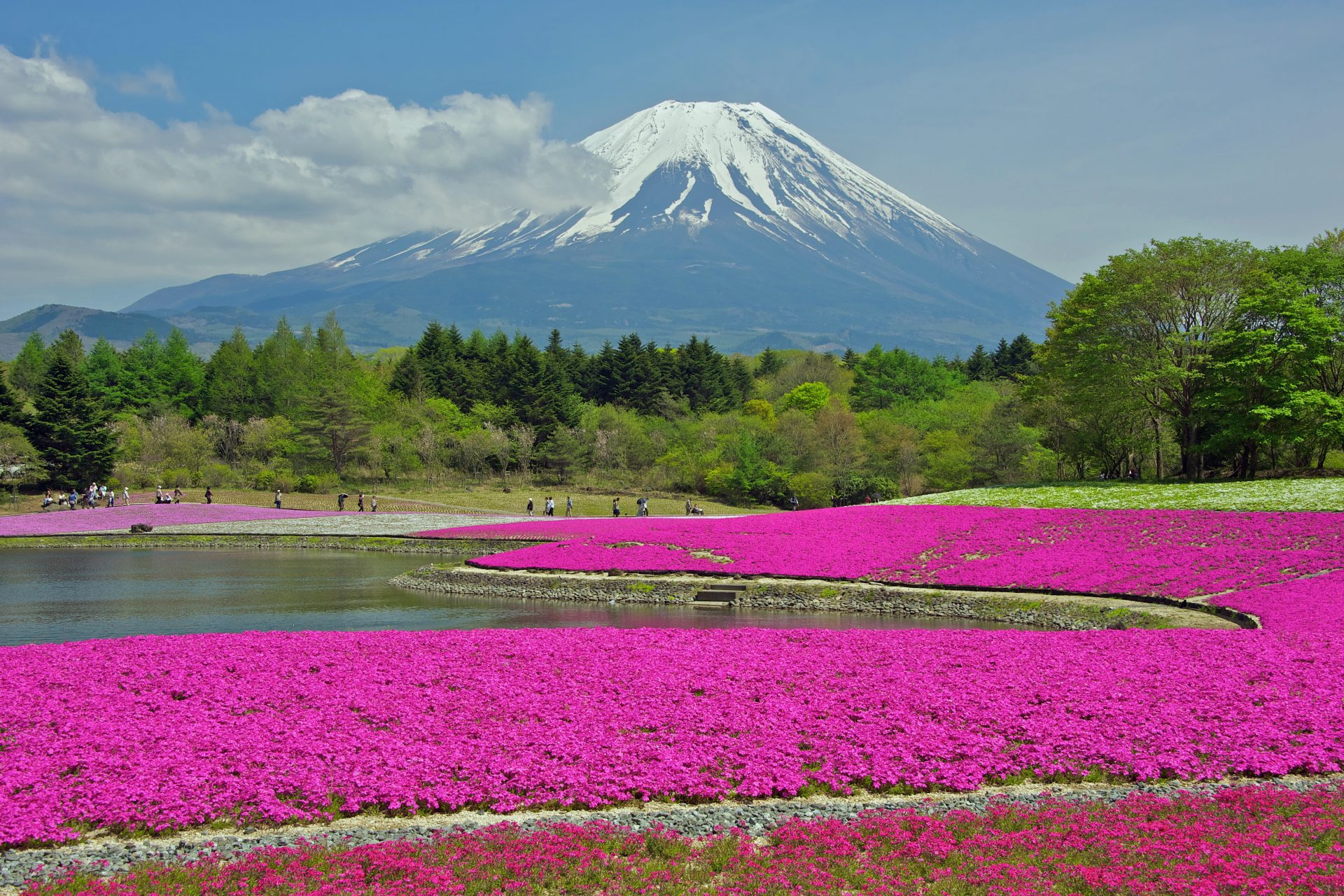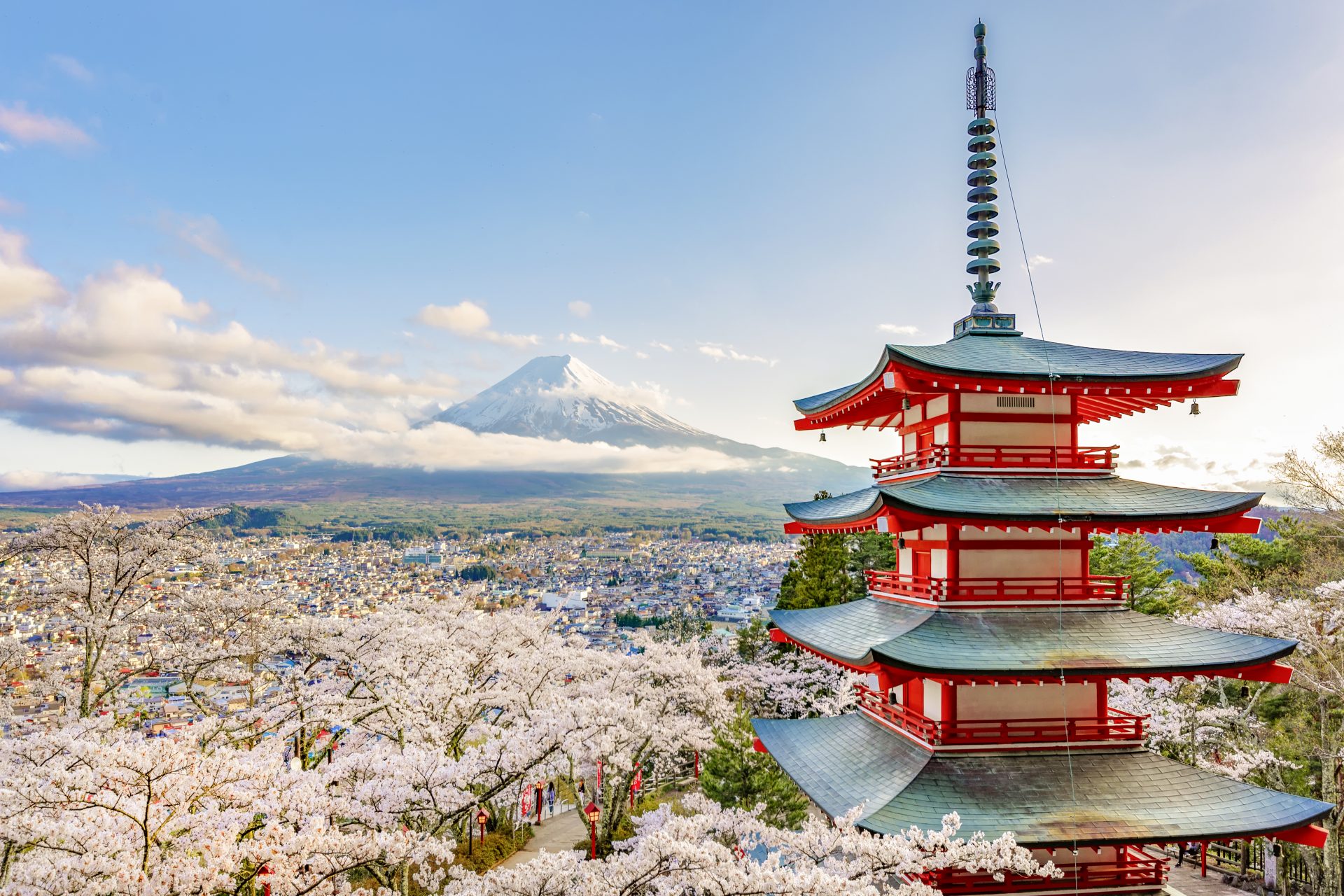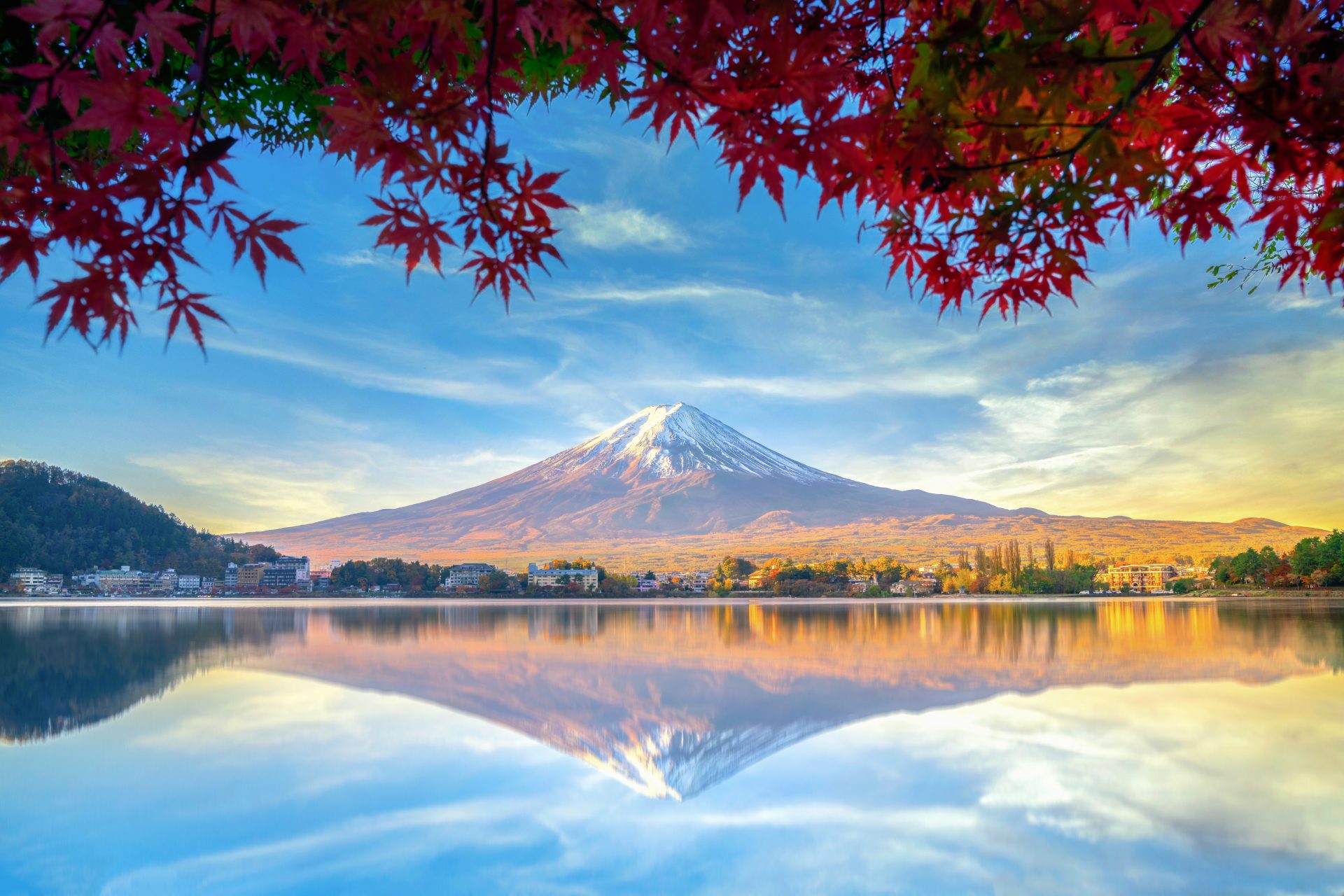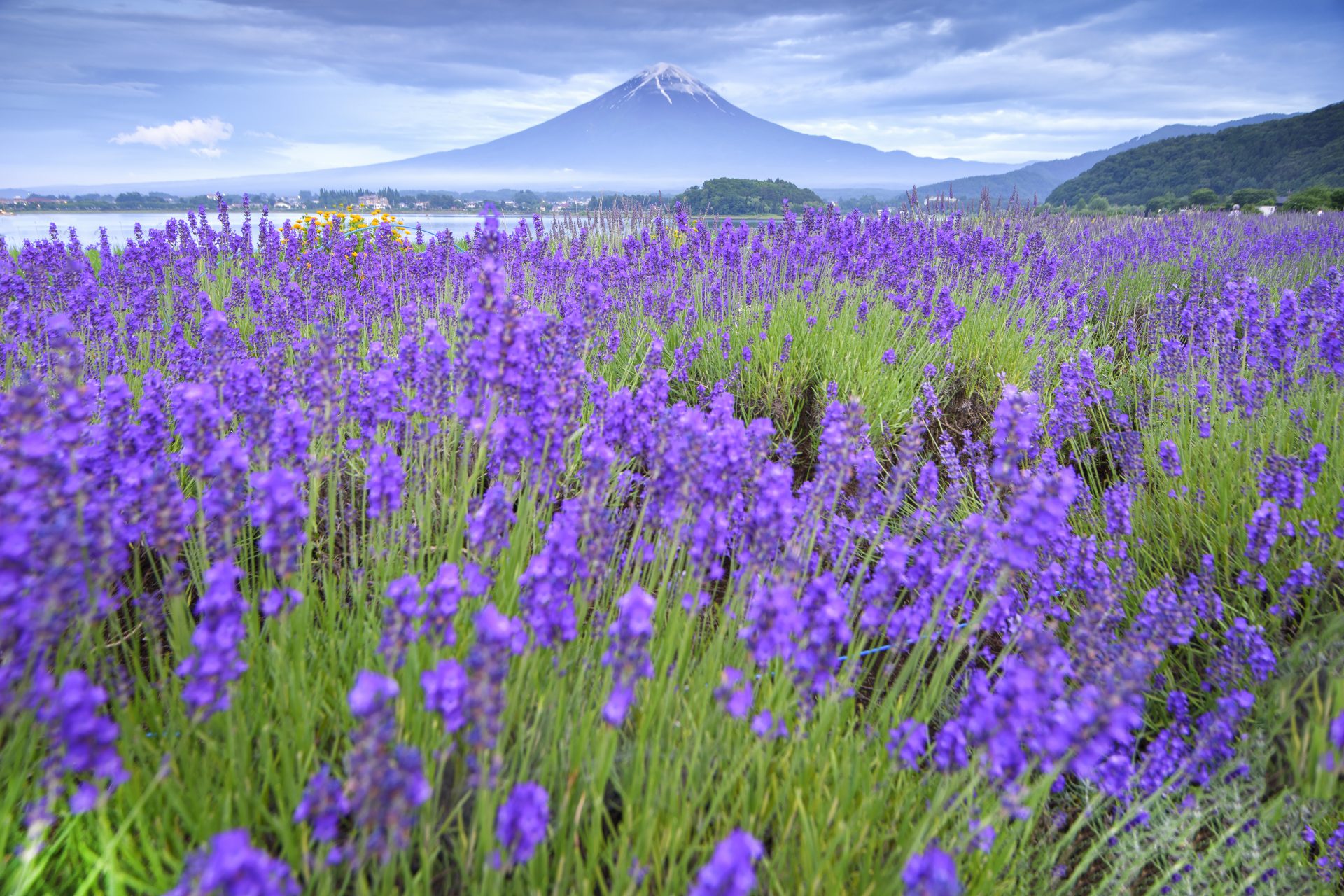Here's how Japan is tackling overtourism at Mount Fuji
Mount Fuji is not only Japan’s tallest peak, standing at 12,388 feet (3,776 meters), but also one of its most iconic symbols. While it’s beloved by tourists from around the world, overcrowding and bad behavior from climbers have become growing problems. Let’s dive into the measures being taken to manage overtourism at this national treasure.
The climbing season on Mount Fuji is short, only from early July to mid-September. However, around 300,000 people attempt to reach the summit during this narrow window each year. With so many people vying for the same experience, it’s no wonder things get crowded.
Most climbers are there for one main reason—to see the sunrise from the highest point in Japan. On weekends, holidays, and especially during the mid-August Obon festival, the number of climbers doubles. This leads to intense overcrowding, with long lines snaking through the trails, people waiting to snap a photo at the summit marker, and endless queues for the limited restrooms.
One of the biggest issues in recent years has been the rise of the "bullet climb." This means hiking non-stop through the night or camping out illegally, without staying in a mountain hut as recommended. This reckless behavior increases the risk of altitude sickness and hypothermia. To combat this—and the overtourism problem—new restrictions have been introduced at Mount Fuji.
Since Mount Fuji straddles both Shizuoka and Yamanashi prefectures, each side has its own rules for managing the flow of climbers. Interestingly, from the 8th station to the summit, the mountain technically belongs to neither province, as it sits on the grounds of Fujisan Hongu Sengen Taisha Shrine.
The Yamanashi side, which handles about 60% of all climbers, has introduced a new ¥2,000 ($13) fee to use the popular Yoshida Trail as of July 2024. There’s also an optional ¥1,000 ($7) conservation donation. You can pay the fee online in advance, or if the daily limit of 4,000 climbers hasn’t been reached, you can pay on-site. A gate has been installed at the 5th station to check payments and ensure the 4,000-person cap isn’t exceeded. To curb "bullet climbs," the trail gate will be closed from 4 p.m. to 3 a.m., except for those with hut reservations.
On the Shizuoka side, which has three different routes, there’s no limit on climbers, but hikers must pre-register their climbing plans and complete a pre-education program on the rules and proper behavior. Anyone starting their climb after 4 p.m. must show proof of a mountain hut booking. While there’s no access fee, climbers are encouraged to contribute ¥1,000 ($7) to a conservation fund.
According to Yamanashi officials, these measures have had a significant impact. The number of nighttime climbers on the Yoshida Trail dropped by 95% to just 708 people, and overall climber numbers decreased by 18% to around 125,287. There were no days when the 4,000-person cap was exceeded, and emergency calls also fell sharply, with 45% fewer ambulance transports!
Despite the new rules, many tourists are still trying to tackle Mount Fuji in nothing but T-shirts and shorts. With the temperature dropping about 1°F (0.6°C) for every 330 feet (100 meters) of elevation, there can be a 36°F (20°C) difference between the base and the summit. Add in high winds, and even summer climbers need serious cold-weather gear, but not everyone gets the memo.
Another issue that surfaced is the rise of last-minute "dash climbs" by people racing past the gates just before they close, trying to make it to the summit without staying overnight in a mountain hut. While the restrictions have made a big difference, this behavior presents a new challenge to be addressed for the next climbing season.

